2022/23 Budget Update
Individuals
Increase to the low and middle income tax offset
The Government has announced a once-off $420 ‘cost of living tax offset’ for the 2022 income year, which will be provided in the form of an increase to the existing LMITO. This will increase the maximum LMITO benefit to $1,500 for individuals and $3,000 for couples.
Increase to the Medicare levy low-income thresholds
The threshold for singles will be increased from $23,226 to $23,365.
The threshold for families will be increased from $39,167 to $39,402.
The threshold for seniors and pensioners will be increased from $36,705 to $36,925.
The threshold for seniors and pensioners families will be increased from $51,094 to $51,401.
Tax Deductibility of COVID-19 tests
The costs of taking a COVID-19 tests to attend work are tax deductible for individuals from 1 July 2021. Also, FBT will not be incurred by businesses where COVID-19 tests are provided to employees to attend work premises.
Businesses
Skills and Training Boost
The skills and training boost will support small and medium-sized businesses to train and upskill their employees. The boost will apply to eligible expenditure incurred from 7:30pm on 29 March 2022 until 30 June 2024.
Small and medium businesses (with aggregated annual turnover of less than $50 million) will be able to deduct an additional 20% of expenditure incurred on external training courses provided to their employees. The external training courses will need to be provided to employees in Australia or online and delivered by entities registered in Australia.
For eligible expenditure incurred by 30 June 2022, the boost will be claimed in tax returns for the following income year. For eligible expenditure incurred between 1 July 2022 and 30 June 2024, the boost will be claimed in the income year in which the expenditure is incurred.
Technology Investment Boost
The technology investment boost will support digital adoption by small and medium-sized businesses. The boost will apply to eligible expenditure incurred from 7:30pm on 29 March 2022 until 30 June 2023.
Small and medium businesses (with aggregated annual turnover of less than $50 million) will be able to deduct an additional 20% of expenditure incurred on business expenses and depreciating assets that support their digital adoption (such as portable payment devices, cyber security systems or subscriptions to cloud-based services).
An annual cap will apply in each qualifying income year so that expenditure up to $100,000 will be eligible for the boost. This equates to a maximum additional deduction of $20,000 per eligible year.
For eligible expenditure incurred by 30 June 2022, the boost will be claimed in tax returns for the following income year. For eligible expenditure incurred between 1 July 2022 and 30 June 2023, the boost will be claimed in the income year in which the expenditure is incurred.
Modernising the PAYG Instalment System
Companies will be able to calculate their PAYG instalments based on current financial performance, extracted from business accounting software, with some tax adjustments.
New system is anticipated to commence from 1 January 2024.
Taxable Payment Annual Reports (TPAR)
The Government will provide businesses with the option to report taxable payments on the same lodgment cycle as their activity statements.
New system is anticipated to commence from 1 January 2024.
COVID-19 Business Grants are non-assessable non-exempt
Payments from certain state and territory COVID-19 business support programs are non-assessable non-exempt income for income tax purposes until 30 June 2022. This measure was originally announced on 13 September 2020.
The following state and territory grants are eligible.
- NSW Accommodation and Support Grant
- NSW Commercial Landlord Hardship Grant
- NSW Performing Arts Relaunch Package
- NSW Festival Relaunch Package
- NSW2022 Small Business Support Program
- QLD 2021 COVID-19 Business Support Grant
- SA COVID-19 Tourism and Hospitality Support Grant
- SA COVID-19 Business Hardship Grant
Superannuation
Extending the reduction in minimum drawdowns
The 50% reduction of superannuation minimum drawdown requirements for account-based pensions and similar products will be extended to 30 June 2023.
Based on this change, the reduced minimum pension percentages for ABPs (including TRISs) are set out in the following table for the 2023 income year.
Note that, for ABPs and TRISs that commence or cease part-way through the 2023 income year, a pro-rated minimum pension payment applies (unless the pension commenced on or after 1 June 2023, in which case, no minimum pension payment is required).
Recipient Ages age Minimum pension Reduced Minimum Pension
Under 65 4% 2%
65 to 74 5% 2.5%
75 to 79 6% 3%
80 to 84 7% 3.5%
85 to 89 9% 4.5%
90 to 94 11% 5.5%
95 and above 14% 7%
Other
GDP Uplift factor for PAYG and GST instalments
The GDP uplift factor for PAYG and GST instalments will be set at 2% for 2023.
Expanding access to employee share schemes
Where employers make larger offers in connection with employee share schemes in unlisted companies, participants can invest up to the following amounts:
- $30,000 per participant per year, accruable for unexercised options for up to five years, plus 70% of dividend and cash bonuses; or
- any amount, if it would allow them to immediately take advantage of a planned sale or listing of the company to sell their purchased interests at a profit.
The Government will also remove regulatory requirements for offers to independent contractors, where they do not have to pay for their interests.
Cost of living payment
The Government will provide a one-off $250 cost of living payment to help eligible recipients with higher cost of living pressures. The payment will be made in April 2022 to eligible recipients of the following payments and to concession cardholders:
- Age Pension
- Disability Support Pension
- Parenting Payment
- Carer Payment
- Carer Allowance (if not in receipt of a primary income support payment)
- Jobseeker Payment
- Youth Allowance
- Austudy and Abstudy Living Allowance
- Double Orphan Pension
- Special Benefit
- Farm Household Allowance
- Pensioner Concession Card holders
- Commonwealth Seniors Health Card holders
- Eligible Veterans’ Affairs payment recipients and Veteran Gold cardholders
The payments are exempt from tax and will not count as income support for the purposes of any income support payment. A person can only receive one economic support payment, even if they are eligible under two or more categories outlined above. The payment will only be available to Australian residents.
Temporary reduction in fuel excise
The Government will help reduce the burden of higher fuel prices by halving the excise and excise-equivalent customs duty rate that applies to petrol and diesel, and all other fuel and petroleum-based products except aviation fuels, for six months. This measure will commence from 12.01am on 30 March 2022 and will remain in place for six months.
The information provided in this Newsletter is general in nature and if you have any queries or require further information or assistance with the above, please contact our office.
Crawford News






